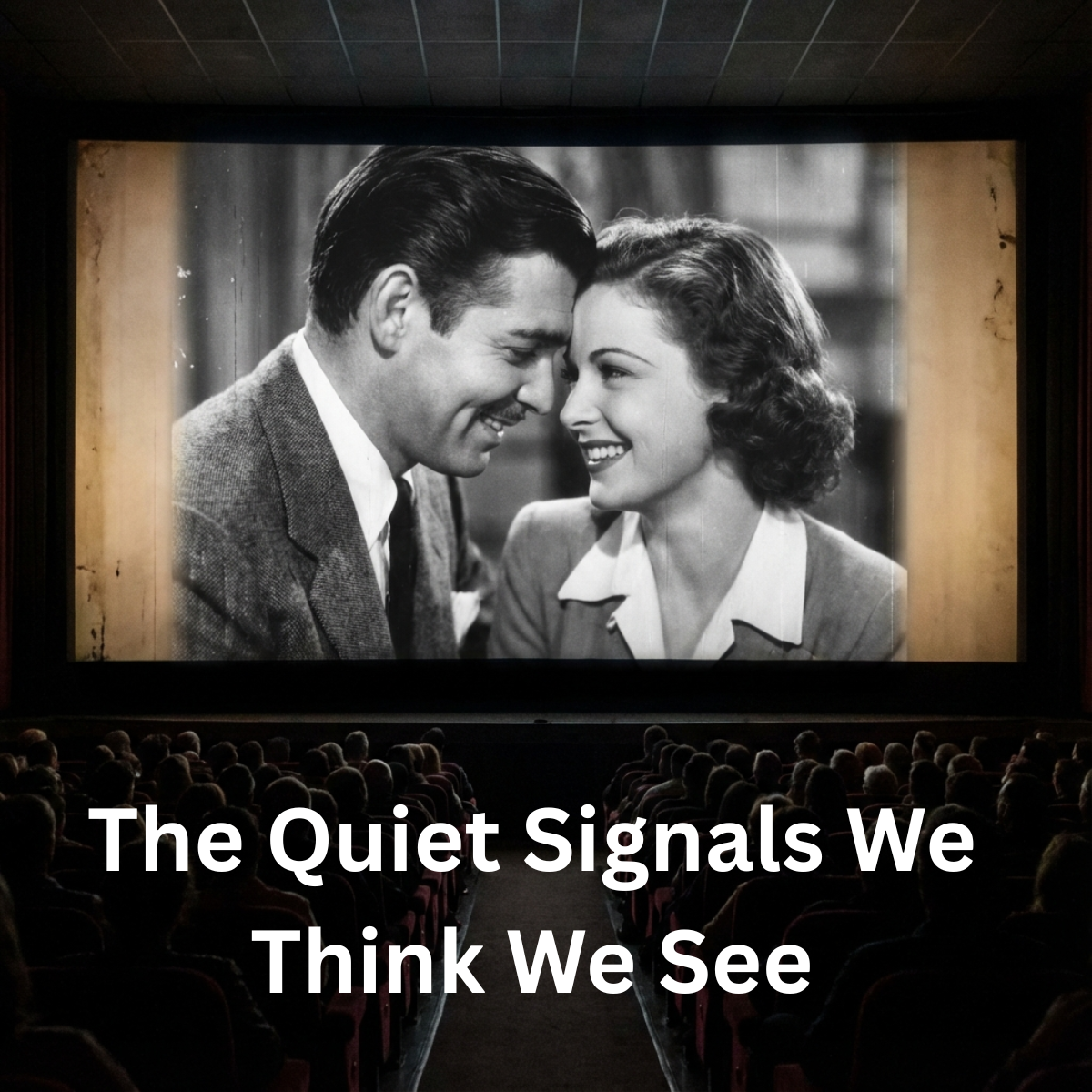Recently, I witnessed a debate between two young people at a speech and debate event. Granted, their goal was to win their argument, so I’m not sure how much they actually believed their claims—but they were arguing for and against the Founding Fathers of the United States. One was claiming that everything the Founding Fathers had created lacked credibility because most of them were slaveholders, or at least condoned the practice of slavery. The other argued that the good they produced far outweighed the moral stain of slavery.
This led to a heated discussion about the severity of slavery and its toll on humanity. I found it interesting that both were using logical arguments to score points, all the while drifting from the original topic. One clear thing I noticed during the debate was a lack of acknowledgment of context. That moment inspired me to take a few minutes to explain what context is and why it matters.
“Context” is a word we hear all the time, but rarely do we consider the full impact it has on understanding. Today, I found myself pondering whether it’s even a good word. Using the debate example, I see three principal reasons why context is essential when trying to convey meaning or understand what someone is saying.
First, context matters in a linguistic sense. When someone is using language, it’s important to understand what surrounds their words. If you’d heard these two young people arguing without knowing where they were, you might have assumed they hated each other. But because this was a structured speech and debate tournament, the context made it clear this was a competitive exercise—and their passionate exchange was appreciated, even encouraged.
Second, context includes time, place, and environment. You expect this type of discussion in a college setting. You would not expect it in the quiet foyer of a funeral parlor. Where something takes place often affects how it should be interpreted.
Finally, historical or cultural context might be the most critical. In the case of the Founding Fathers, understanding the norms, values, and pressures of 18th-century America is essential to fully grasping the implications of their actions. To evaluate them without this context risks both oversimplification and misunderstanding.
So, to summarize: context has three major pillars—linguistic, situational, and historical. In short:
Context is what surrounds something and gives it meaning.
Without proper context, our statements and actions are easily misunderstood. And that misunderstanding wastes time—in business and in life.
Which brings me to a practical example.
Earlier today, I reached out to a few friends to help with a marketing exercise. The first message I sent was a quick text:
“Hey, I need some lead gen done—can you help?”
This message was vague and lacked any context. I hadn’t spoken to this person in months, so the request was abrupt and confusing. She responded a few hours later with a string of questions—each one aimed at understanding the context. What kind of lead gen? For whom? When? Why?
My rushed message saved me no time. In fact, it cost us time as we went back and forth clarifying things that I could’ve explained up front.
My second attempt was better. I reached out to a professional associate—someone who didn’t know me well—and provided a clear explanation: what I was trying to do, why I was doing it, who it was for, when it needed to be done, and what the desired outcome was. Two paragraphs, max. The response was fast and on point. Because I had provided the necessary context.
After this experience, I realized how much time and energy I could preserve by simply taking a moment to provide context in my communications. People are going to wonder about it anyway—so I might as well answer their questions before they have to ask.
You can tell when someone is bad at providing context. One of the symptoms is their constant insistence on meeting in person. They’ve learned—often subconsciously—that their written communication doesn’t land. So they default to face-to-face interaction, hoping tone and body language will fill in the gaps. That’s inefficient.
And we really have no excuse today. Many people are using large language models (LLMs) to write emails for them. The top complaint I hear? “It sounds too formal.” But what they’re often reacting to is the LLM’s tendency to provide context. Even when some of that context is guessed, it still improves clarity.
If we used these tools not just to write for us, but to validate that we’ve provided proper context, our communications would improve dramatically. Do you want people to respond more positively? To understand your requests and act quickly? Simple: Provide context.
Text, email, social media—all are easily misunderstood due to lack of context. You might be joking, being sarcastic, trying to be clever—but written communication strips away the tone and body language that signal those intentions. Acronyms and shorthand don’t help. And no, putting a “J” at the end of your message does not excuse the misunderstanding. Only people who know you well will understand your jokes versus your jabs versus your sincere feelings.
The conversation in your head isn’t obvious to others. If they don’t understand what you’re talking about, that’s on you, not them.
Context is not difficult. It just requires a brief pause and an honest answer to three simple questions:
What am I saying?
Why am I saying it?
What does the other person need to know to understand?
Put that in a paragraph. That’s it. Are you really too busy or too important to do that?
Take it from someone who’s lost countless hours to impatience:
Provide context. It’s the shortcut to true understanding.





excellent – well said
an example today — i had to go back and give you “history” / context for greg stein, shadowbox, the david relationship, why to consider doing it – etc.
yes. context takes time – but as you rightly point out – it actually saves time
ola
Opportunity for context all the time, everday